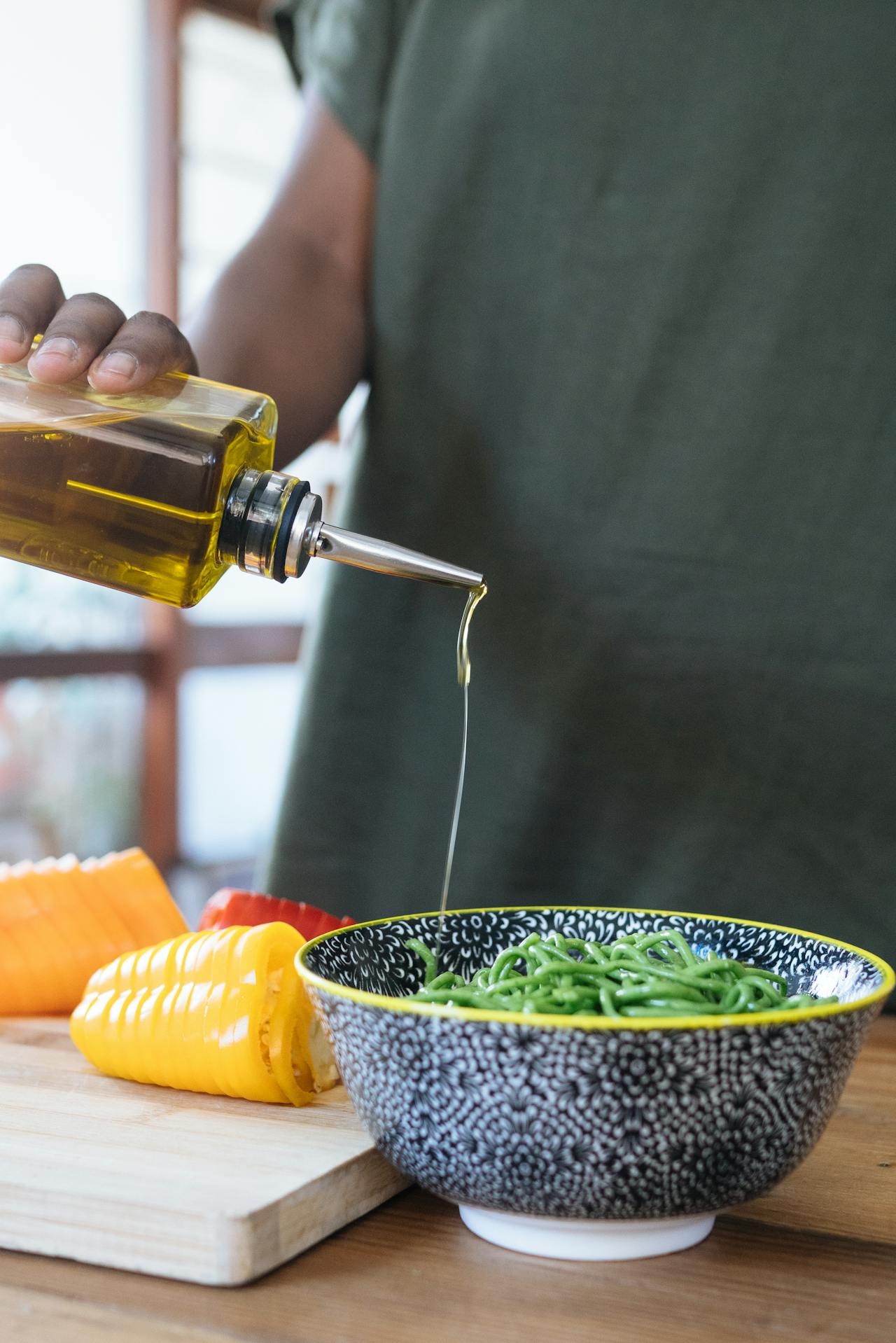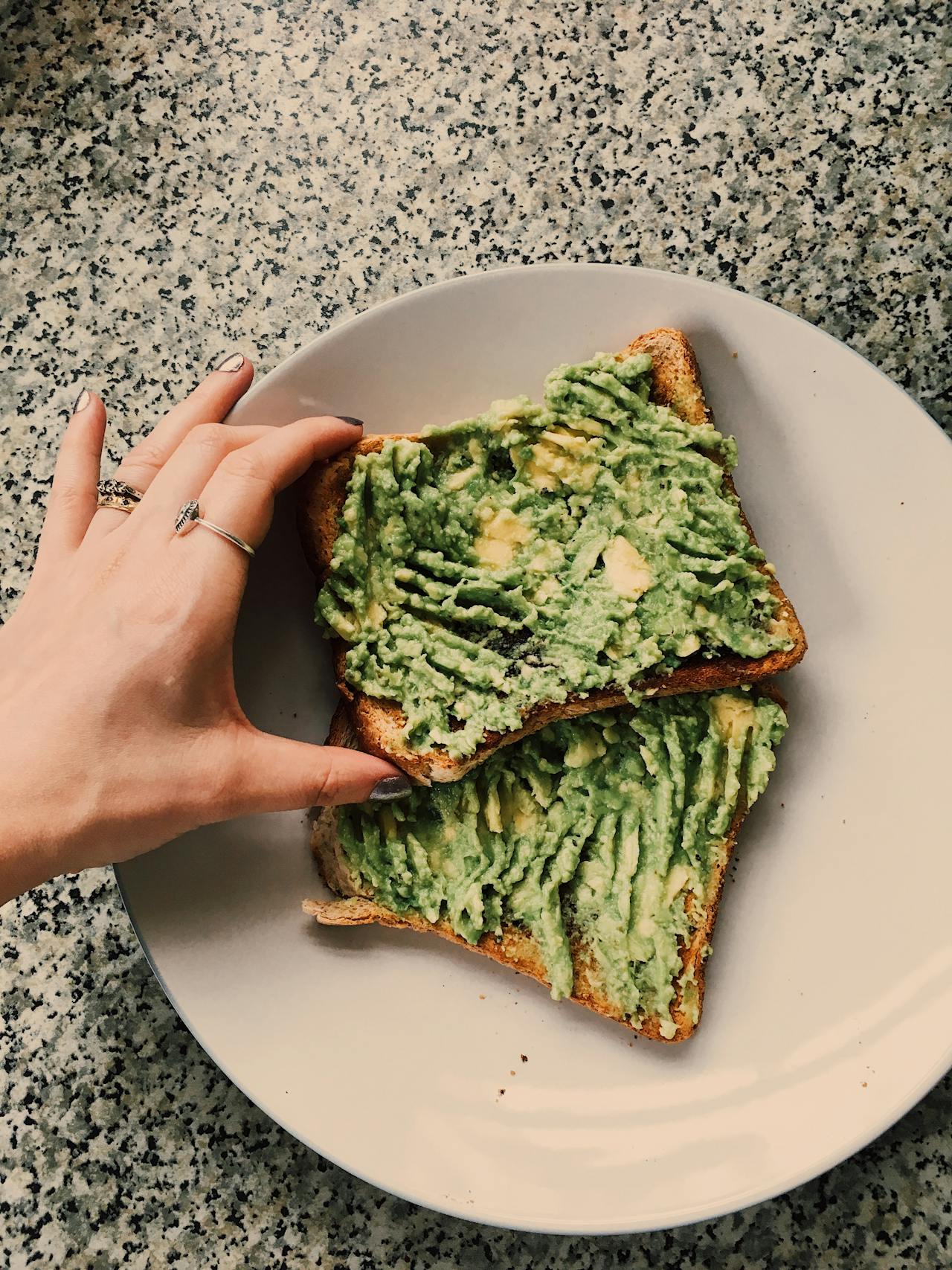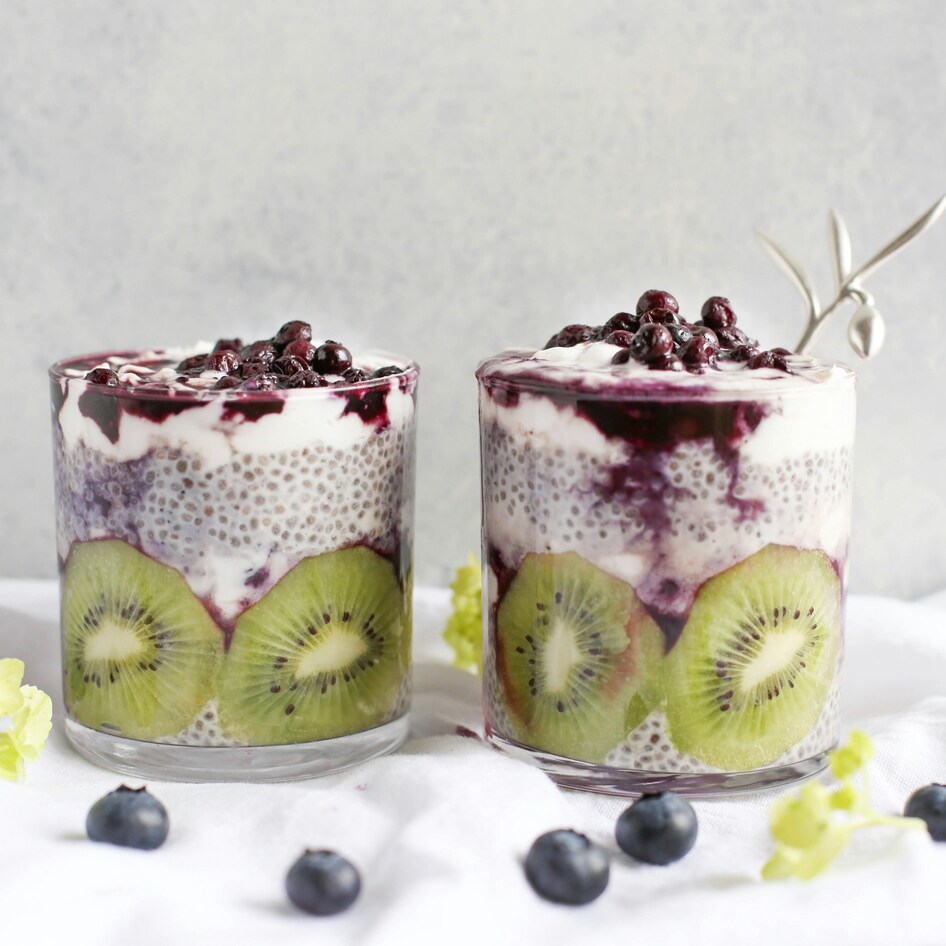Fats are an essential part of our diet, but not all are created equal. Some are linked to heart disease, while others are linked to better overall health and wellness. Knowing the difference is essential, so here, with the help of nutrition scientist Gigi Kwok-Hinsley, DrPH, MS, RD, we break down the key differences between saturated and unsaturated fats and look into why one is vilified and the other is recommended. Spoiler: it has a lot to do with shape.
What is the difference between saturated and unsaturated fat?
“There are two types of fats: saturated and unsaturated,” Kwok-Hinsley told VegNews. “The difference between them is the molecular structure, which in turn influences the shape.” She explains that while saturated fats are linear, unsaturated fats have a “bit of a bend or a kink in their structure.”
This difference in shape is important because it affects how fats behave inside our bodies. Because saturated fats are straight, they can pack very tightly together. “It’s like putting one Lego or building block on top of another,” says Kwok-Hinsley. “You get a really strong wall with little to no gaps.”
 Pexels
Pexels
This means that when saturated fat is consumed, it is more rigid inside our bodies. This, in turn, could contribute to the buildup of cholesterol and plaque in our arteries. “Saturated fats, with just one or two exceptions, are from animal products and they also contain cholesterol,” says Kwok-Hinsley. Think butter, cheese, and lard, for example. “Foods that are high in saturated fats are solid at room temperature,” she adds.
Because unsaturated fats are more bendy, they are more fluid. They don’t pack as tightly in our bodies as saturated fats, which means they are not as likely to cause cholesterol or plaque to build up. In fact, their fluidity is actually good for us: it can help with cell function and blood circulation.
“When we look at unsaturated fat ingredients, this less tight-knit structure is found in foods that are liquid at room temperature,” explains Kwok-Hinsley. “Examples of this are olive oil, avocado oil, and canola oil. Common unsaturated fats include omega-3 and omega-6.”
Is saturated fat good or bad for you?
Most experts consider saturated fat to be bad for our health, and this is based on extensive research. One study presented at the European Society of Cardiology in 2024, for example, suggested that eating a diet high in saturated fat increased blood cholesterol levels.
 Pexels
Pexels
“Saturated fat can increase total cholesterol and LDL cholesterol, which, at high levels, can be harmful to your arteries,” explains Kwok-Hinsley. “When we have high levels of cholesterol year over year, we can increase the risk of forming blockages in the arteries and other blood vessels in the body.”
These blockages can increase the risk of heart disease, which is currently the leading cause of death in the US, responsible for one in five American fatalities every year.
However, not everyone agrees on saturated fat. One recent review by an American journalist named Nina Teicholz claims that clinical trials and review papers contesting the link between saturated fat and heart disease have been “rediscovered.” In 2015, Teicholz, who is not a nutritionist or dietitian, also wrote the book The Big Fat Surprise: Why Butter, Meat, and Cheese Belong in a Healthy Diet arguing that saturated fats are unfairly vilified.
Many have criticized Teicholz’s views. For example, in 2015, 19 leading medical experts signed an open letter to the British Medical Journal urging it to retract an investigation by Teicholz that featured “numerous errors and misrepresentations” including in its discussion of errors surrounding the link between saturated fat and heart disease.
 Pexels
Pexels
“I think it’s always a good idea to challenge research findings and truly understand if we are evaluating the data correctly,” says Kwok-Hinsley. “For now, I would err on the side of caution and limit my saturated fat intake and maximize my omega-3 intake.”
Unlike Teicholz, the World Health Organization (WHO), the health agency of the United Nations, is also of the belief that excessive saturated fat intake is linked to heart disease.
The WHO states: “Fat consumed by everyone two years of age and older should be primarily unsaturated fatty acids, with no more than 10 percent of total energy intake coming from saturated fatty acids and no more than 1 percent of total energy intake from trans-fatty acids from both industrially produced and ruminant animal sources.”
Like saturated fats, trans fats increase LDL (bad) cholesterol, contributing to a higher risk of heart disease, stroke, and other health issues. They are considered to be even more harmful than saturated fats due to their double-bond configuration, which causes the fat molecules to be straighter.
How much fat should we eat?
Right now, research suggests that Americans are eating too much saturated fat. “The average American diet contains about 12 percent of saturated fat (of total calories) and 36 percent of total fat,” says Kwok-Hinsley. However, the Dietary Guideline for Americans recommends that less than 10 percent of calories come from saturated fat. The American Heart Association goes further: it recommends that less than six percent of daily calories come from saturated fat.
 Pexels
Pexels
BECOME A VEGNEWS VIP: Get exclusive product deals, freebies, and perks galore!
“Think of these numbers as ranges,” advises Kwok-Hinsley. “There will be days when we will have a higher intake of saturated fats than others. However, on most days, I would suggest a lower saturated fat intake. If you are someone with a cardiovascular condition or have a history of cardiovascular conditions, consult your doctor for personalized recommendations.”
Increasing your intake of unsaturated fats, however, could benefit your health. Increased intake of fatty acids, like omega-3, for example, has been linked with a reduced risk of heart disease, improved gut health, and even reduced stress.
While fish contains fatty acids, you can also get unsaturated fats from plant-based foods like olive oil, avocados, nuts, and seeds. “I love having foods in my ‘toolbox’ that are my go-to’s for each meal of the day, including snacks,” says Kwok-Hinsley.
For more plant-based stories like this, read:
JUMP TO ... Latest News | Recipes | Guides | Health | Subscribe









